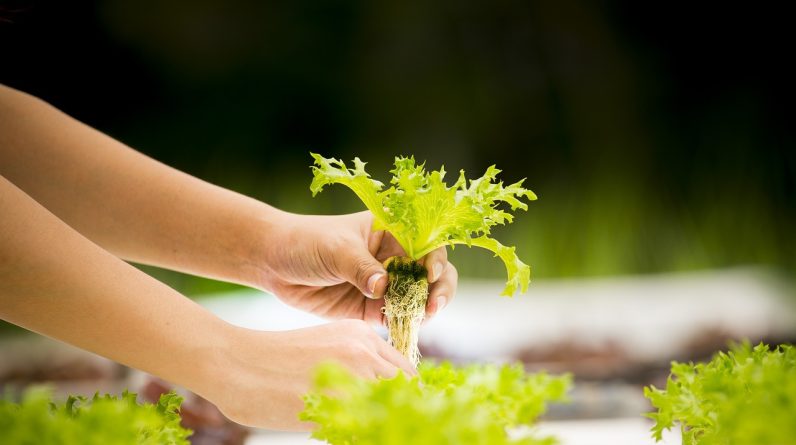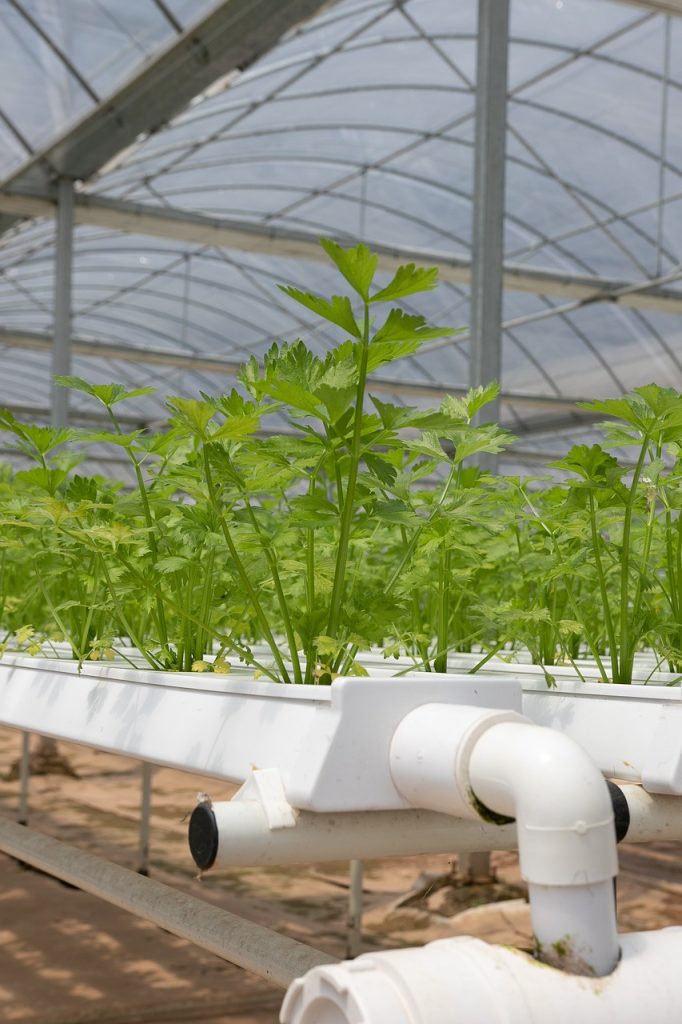
Understanding Hydroponic Growing Systems
Have you ever wondered how plants can thrive without soil? Hydroponic growing systems are a fascinating innovation that allows plants to grow healthily and produce abundant crops through a soil-less method. Let’s delve into how these systems work and why they offer numerous benefits for both hobbyists and commercial growers.
What is Hydroponic Cultivation?
Hydroponic cultivation is a method of growing plants without soil by providing essential nutrients directly to the plant roots through a water-based solution. This nutrient-rich solution can come in various forms, such as liquid nutrients or mineral solutions, which are carefully balanced to mimic the plant’s ideal growing conditions.
Types of Hydroponic Systems
There are several types of hydroponic systems, each with its own unique features and benefits. Some common types include:
- Deep Water Culture (DWC): Plants are suspended in a nutrient solution with their roots directly immersed, providing continuous access to nutrients and oxygen.
- Nutrient Film Technique (NFT): A thin film of nutrient solution flows along the plant roots, ensuring a constant supply of nutrients.
- Ebb and Flow: Nutrient solution is periodically flooded and drained from the growing medium, mimicking natural irrigation cycles.
- Aeroponics: Plant roots are suspended in the air and sprayed with a nutrient mist, promoting rapid nutrient absorption and oxygenation.
Each hydroponic system has its advantages and drawbacks, so choosing the right one depends on factors such as space availability, budget, and the type of plants you wish to grow.

This image is property of pixabay.com.
Advantages of Hydroponic Growing Systems
Now that you have a basic understanding of how hydroponic systems work, let’s explore the numerous benefits they offer compared to traditional soil-based gardening methods.
Faster Growth and Increased Yields
One of the most significant advantages of hydroponic growing systems is the accelerated growth rate of plants. By providing direct access to essential nutrients, plants can focus their energy on growth rather than searching for nutrients in the soil. As a result, plants grown hydroponically typically reach maturity faster and produce higher yields compared to traditional soil-grown crops.
Water Conservation
Hydroponic systems are incredibly water-efficient, using up to 90% less water than traditional soil gardening methods. The closed-loop system allows for water recycling, minimizing wastage and reducing overall water consumption. This makes hydroponic cultivation an environmentally friendly choice for water-conscious gardeners and farmers.
Year-Round Cultivation
Unlike traditional gardening, which is often limited by seasonal weather changes, hydroponic systems enable year-round cultivation regardless of external conditions. By controlling factors such as temperature, light, and humidity, growers can create an optimal growing environment that promotes plant growth and productivity throughout the year.
Reduced Risk of Pests and Diseases
One of the main challenges in traditional soil gardening is the risk of soil-borne diseases and pests that can damage or destroy crops. Hydroponic systems eliminate this risk by providing a sterile growing environment that is free from soil-borne pathogens. This results in healthier plants with fewer chemical inputs, reducing the need for pesticides and herbicides.
Space Efficiency
Hydroponic systems are highly versatile and can be set up in a variety of indoor and outdoor spaces, making them ideal for urban environments or areas with limited land availability. Vertical hydroponic setups, in particular, maximize space by utilizing vertical growing structures to increase crop yield without taking up much floor space.
Nutrient Control and Optimization
With hydroponic systems, growers have full control over the nutrient levels and composition of the nutrient solution, allowing for precise customization based on the specific needs of each plant. This level of control ensures that plants receive the optimal balance of nutrients required for healthy growth, resulting in higher quality and more nutritious crops.
Setting Up a Hydroponic System
Now that you’re familiar with the benefits of hydroponic growing systems, you may be wondering how to get started with your own setup. Here’s a basic guide to help you set up a simple hydroponic system at home or in a small-scale growing environment.
Choosing the Right System
Before setting up a hydroponic system, it’s essential to choose the right type of system based on your space, budget, and gardening goals. Consider factors such as the number of plants you wish to grow, available space, and your level of gardening experience when selecting a system.
Selecting Plants for Hydroponic Cultivation
While a wide variety of plants can be grown hydroponically, some are better suited to this method than others. Leafy greens, herbs, tomatoes, peppers, and strawberries are popular choices for hydroponic cultivation due to their adaptability to soil-less growing conditions. Research the specific requirements of each plant before deciding which crops to grow in your hydroponic system.
Acquiring Necessary Equipment
To set up a hydroponic system, you’ll need basic equipment such as:
- A reservoir for holding the nutrient solution.
- A submersible pump to circulate the nutrient solution.
- Growing trays or containers to hold the plants.
- Growing medium (e.g., perlite, vermiculite, or rock wool) to support the plant roots.
- pH and nutrient meters to monitor and adjust nutrient levels.
Additionally, you may need grow lights, timers, and ventilation systems depending on the type of plants you’re growing and the environment in which you’re growing them.
Assembling the System
Once you have all the necessary equipment, you can begin assembling your hydroponic system. Follow the manufacturer’s instructions for setting up the specific type of system you’ve chosen, ensuring that all components are properly connected and in working order. Test the system to make sure that water and nutrients are flowing correctly before adding plants.
Planting and Maintaining Your Hydroponic Garden
After setting up the system, it’s time to plant your chosen crops and maintain the growing environment. Ensure that plants are properly spaced in the growing trays or containers to allow for adequate airflow and root development. Monitor the pH and nutrient levels of the nutrient solution regularly, adjusting as needed to maintain optimal growing conditions.
Harvesting Your Hydroponic Crops
With proper care and maintenance, your hydroponic plants will thrive and produce bountiful harvests. Harvest crops when they reach maturity, taking care to remove any dead or diseased plant material to prevent the spread of pests or diseases. Enjoy the fresh, healthy produce grown in your hydroponic system and experiment with different crops and growing techniques to expand your gardening skills.

This image is property of pixabay.com.
Conclusion
In conclusion, hydroponic growing systems offer a wealth of benefits for gardening enthusiasts and commercial growers alike. By providing plants with direct access to essential nutrients, water, and oxygen, hydroponic systems promote faster growth, increased yields, and healthier crops compared to traditional soil gardening methods. With the ability to cultivate plants year-round, conserve water, and control nutrient levels, hydroponic systems provide a sustainable and efficient approach to growing fresh, nutritious crops.
Whether you’re a beginner looking to start your first hydroponic garden or an experienced grower looking to expand your gardening horizons, hydroponic growing systems offer endless possibilities for cultivating a wide variety of plants in a controlled, soil-less environment. Get started with your own hydroponic setup and experience the benefits of this innovative gardening method firsthand.










